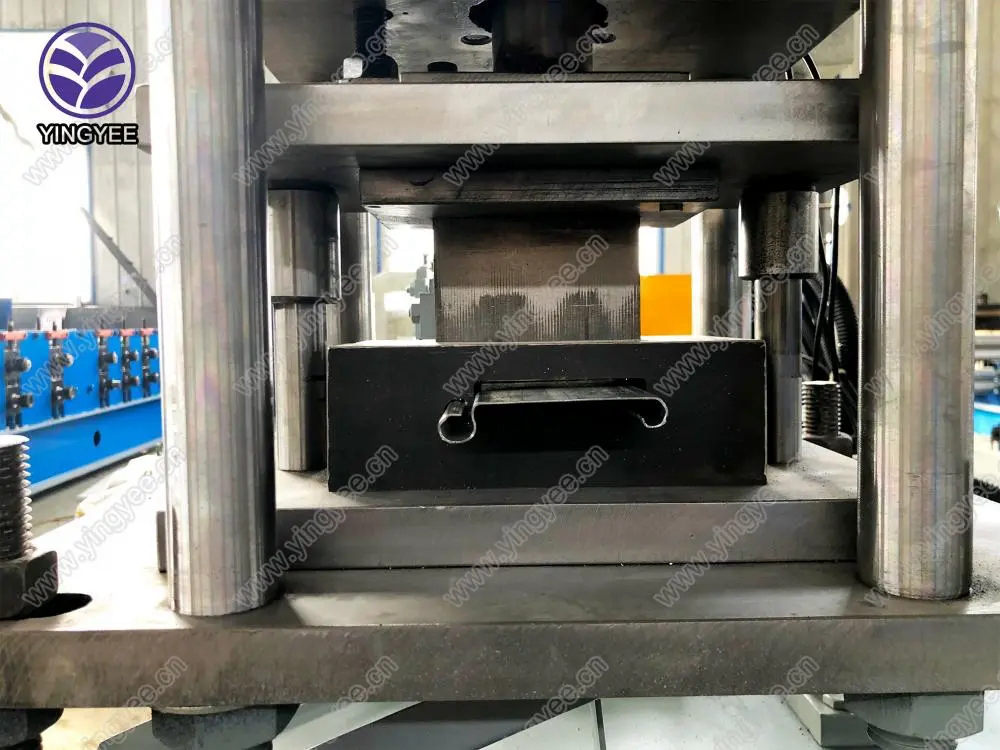
Exploring the Metal Sound Barrier Cold Bending Machine Revolutionizing Acoustic Engineering
In the realm of acoustic engineering, effective sound barriers play a crucial role in mitigating noise pollution in urban environments. One of the forefront technologies aiding this cause is the metal sound barrier cold bending machine. This innovative equipment is specifically designed for the fabrication of metal sound barriers, enabling manufacturers to create versatile and efficient noise-reduction structures.
The fundamental principle behind sound barriers is to obstruct sound waves, thereby minimizing their transmission from one area to another. Metals, with their robust properties, are ideally suited for this purpose. The cold bending process utilized in creating these metal barriers provides several advantages over traditional methods. It enhances the structural integrity of the material while maintaining its aesthetic appeal. Unlike hot bending, which can alter the metal’s microstructure and lead to warping, cold bending ensures that metal retains its original mechanical properties. This is particularly advantageous for noise barriers that require both durability and reliability.
The cold bending process begins with the selection of suitable metal materials, often galvanized steel or aluminum, known for their resilience against environmental conditions. The metal sheets are then fed into the cold bending machine, which utilizes a combination of rollers and press techniques to form specific shapes required for effective sound absorption. This process not only allows for precise shaping but also minimizes waste, making it a sustainable choice for manufacturers.

Furthermore, the versatility of the metal sound barrier cold bending machine enables it to create barriers tailored to the specific acoustic needs of different environments. Whether it’s a highway, railway, or industrial zone, the machine can produce panels that range in height, thickness, and design. This customization is essential in optimizing noise reduction strategies, as sound levels vary greatly depending on the source and surrounding landscape.
Innovation in the design of these machines has led to the integration of advanced technologies such as automation and digital controls. Operators can now input specifications that allow for precision bending and cutting, reducing the potential for human error while increasing production efficiency. Additionally, many modern machines come equipped with sensors that ensure each bend adheres to strict acoustic standards, meaning that the final product is not just aesthetically pleasing but also functionally effective.
The benefits of utilizing a metal sound barrier cold bending machine extend beyond mere production efficiency. The resulting sound barriers contribute significantly to urban ecology by improving quality of life for residents. By absorbing and deflecting noise from heavy traffic or industrial activities, these barriers foster quieter living environments, making urban areas more conducive to both relaxation and productivity.
In conclusion, the metal sound barrier cold bending machine represents a groundbreaking development in the field of acoustic engineering. Its ability to produce high-quality, customized metal sound barriers efficiently and sustainably is transforming how cities approach noise pollution. As urban populations continue to grow and the demand for effective noise reduction strategies escalates, technologies like this will undoubtedly play a pivotal role in shaping the urban landscape, contributing to healthier, more peaceful living spaces. The future of sound barrier technology is bright, and with continued innovation, we can anticipate even more effective solutions to the noise challenges of tomorrow.